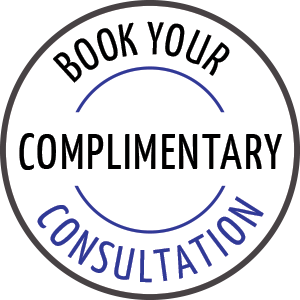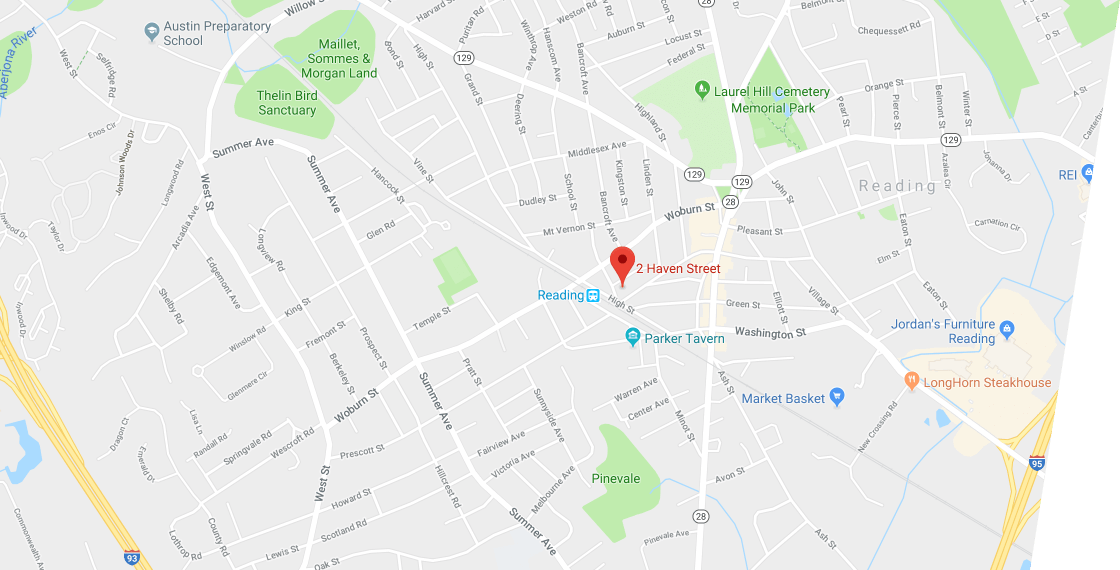Sleep Apnea Reading, MA
Around 25 million adults in the United States suffer disturbed sleep from a condition known as obstructive sleep apnea. Among children, it is estimated that 1-4% of kids between the ages of 2 and 8 years old suffer from the same condition.
Obstructive sleep apnea occurs when your — or your child’s — airway becomes blocked during sleep due to relaxation of throat muscles or other obstructions to the airway.
Symptoms of Obstructive Sleep Apnea in Adults
Adults often exhibit obstructive sleep apnea through frequent snoring, choking, or gasping during sleep as well as frequent night awakenings. Sleep partners often witness pauses in their partner’s breathing during sleep — another sign of obstructive sleep apnea.
Typical problems experienced by adults with sleep apnea include:
- Non-restorative sleep
- Headaches in the morning
- Daytime sleepiness
- Difficulty concentrating and paying attention
- Mood disturbances
- Obesity
They can also have difficulty controlling serious medical conditions such as high blood pressure and diabetes.
Symptoms and Problems of Obstructive Sleep Apnea in Children
Like adults, children with obstructive sleep apnea can pause their breathing during sleep and exhibit snoring, choking, or gasping. In addition, kids with this condition often exhibit frequent position changes during sleep, sleeping in unusual positions such as with their head hanging off the side of the bed, tossing and turning, or chronic mouth breathing.
Typical problems experienced by children with sleep apnea include:
- Daytime sleepiness
- Hyperactivity
- Failure to thrive
- Bed-wetting and sleepwalking
- Hormonal and metabolic issues
- Learning difficulties
- Behavioral problems
Chronic fragmented sleep can also negatively affect executive brain functions such as cognitive flexibility, self-regulation, planning, and organization.
Treatment of Obstructive Sleep Apnea
For children, removal of adenoids and tonsils is the most common treatment, resulting in the elimination of apnea symptoms in 70-90% of cases. For adults and children whose symptoms persist, positive airway pressure therapy (PAP) is typically used to open airways and provide a restful night’s sleep.
For pediatric and especially adolescent cases of sleep apnea, oral appliances can be helpful. An orthodontic device that focuses on the rapid expansion of the transversal diameter of the patient’s hard palate over 6 months to one year has been successful in children as young as six.
In other cases, a qualified orthodontist can create an appliance for patients to wear at night to hold their jaw in a position that reduces the potential for obstructive sleep apnea. If you, a partner, or a child have been diagnosed with obstructive sleep apnea, talk to your physician about the possibility of orthodontic therapy for sleep apnea prevention.
Are you or someone you love suffering from disturbed sleep? Call our office today at (781) 944-7970 and schedule a consultation to learn if one of our leading-edge treatments can help.




